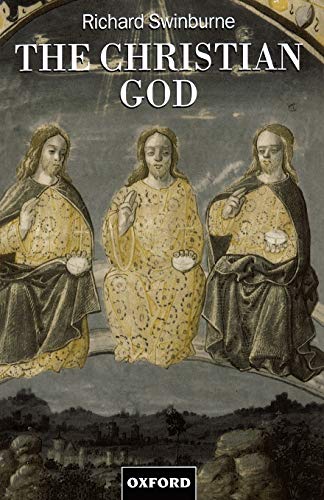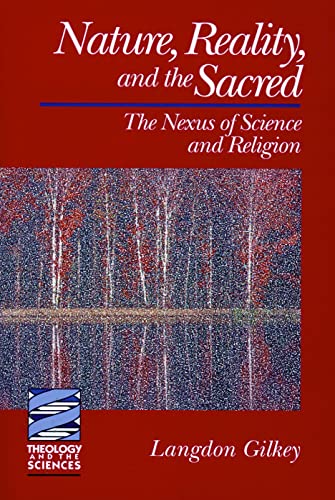Kinship and Marriage in Genesis: A Household Economics Perspective
Written by Naomi Steinberg Reviewed By Ida GlaserGenesis, as every student knows, is punctuated by thôl=dhôth formulae: ‘these are the generations/descendants of …’ (2:4; 5:1; 10:1; 11:10, 27; 25:12, 19; 36:1, 9). From 11:10, a major theme is that of the descendants of Abraham and their inheritance, as signalled in the blessing of 12:1–3. Naomi Steinberg takes these facts to indicate the primacy of genealogy in Genesis, and suggests that we can read the narratives as woven into a genealogical structure and indicating how inheritance issues are resolved.
She therefore offers an analysis of Genesis from 11:10 in terms of household structures and inheritance rules, drawing on insights from comparative anthropological studies. The thôl=dhôth formulae are considered as dividing the material into three cycles, which she names according to the mothers of the children who are possible inheritors. 11:10–25:11 is the Sarah-Hagar cycle, 25:12–35:29, the Rebekah cycle, and 35:29–50:26, the Rachel-Leah cycle.
Each cycle presents a different marriage pattern, and a different problem for determining heirship. The first two, Steinberg argues, are concerned with the inheritance of property—including land—by one son, the single inheritor ensuring that the property remains intact. The inheritor is decided according to the mother, the birthright and the father’s blessing. The mother is important first because she should be of the patriarchal line of the husband—since marriage settlements involve gifts to the bride’s family, this keeps wealth within the family. Second, it is in a wife’s interest that she should have sons and that her son should inherit. This is first because she has little status until she is a mother, and then because it will be her son who will protect her and provide for her as she grows older.
In contrast, the Rachel-Leah cycle deals with the case of many possible heirs. Because they move away from the land, there is no longer need for the rivalries that determine a single inheritance, and all those related to the father—Jacob—can receive the blessing and be heirs. Steinberg offers a reading of the stories that sees their plots as determined by these considerations.
As a study of a particular aspect of Genesis, the book is of great interest. It gives helpful insights into the motivations of the Genesis characters, recognizes the importance of women as well as men in determining lineage, and gives due weight to the genealogical material. I found the study particularly relevant in the context of contemporary South Asian cultures in Britain, since many of their social patterns are similar to those seen by Steinberg in Genesis.
The approach is necessarily limited, and Steinberg recognizes this, insisting that her anthropological analysis function as a complement to literary-critical insights. However, she tends not to consider evidence that might contradict her thesis. For example, the idea mat a wife should be a direct descendant of the father’s father might be weakened by noticing that Abraham in 24:4 simply mentions ‘country and kindred’, and that his servant in 24:10–14 does not start by looking for Abraham’s cousins. These aspects of the text are not even noted in her account of the incident (p. 84).
I also missed any theological reflection. A few pages in the concluding chapter suggest that the final redaction of Genesis is post-exilic and underlines the Ezra/Nehemiah ideas about appropriate spouses. This reflects the assumption, stated in chapter 1, that the narratives indicate the sociological conditions of the final redactor. However, she offers no other options, and no other suggestions about the theological significance of her findings.
In our current Western cultures, where family structures are accorded little importance and where inheritance is mainly a matter of tax-dodging, perhaps we need to ask why Genesis shows God as working through an extended family, why biblical history is largely genealogical, and why it was so important to find the right wife. This is not to say that we should return to the particular cultural situation of Genesis, but that we might benefit by taking its sociological issues seriously. After the ‘Theoretical Considerations’ of chapter 1, Steinberg’s book is an easy read, and gives a basis for exploring this oft neglected aspect of the Scriptures. I hope that it will be used as such.
Ida Glaser
Crosslinks, London.







